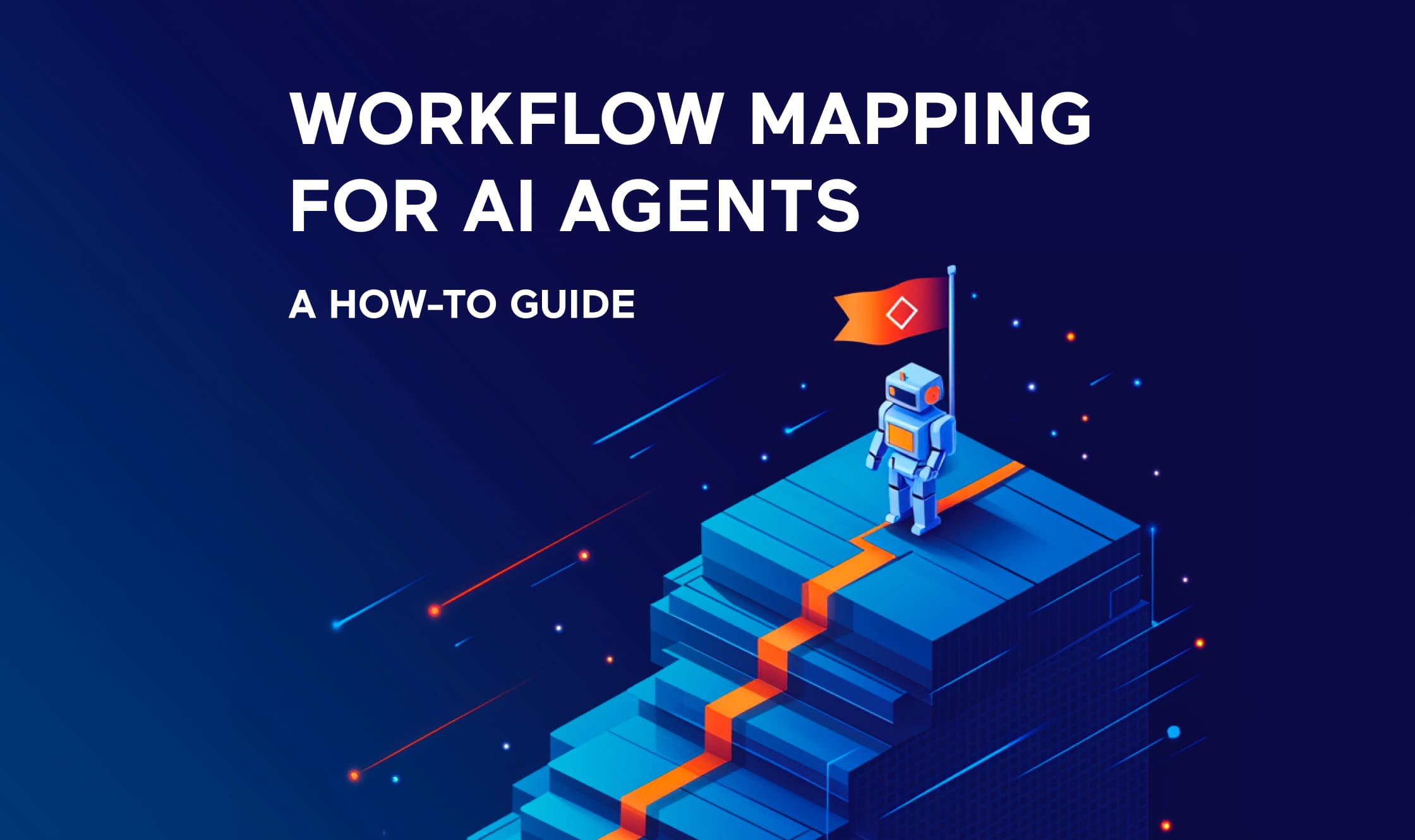AI doesn’t have to be intimidating. With Wippy, non-technical teams can achieve massive benefits without needing a six-figure data scientist. This platform enables teams to build AI agents without coding, making AI accessible and practical for business operations.
If you’re an entrepreneur or product manager exploring AI or agents, you’ve likely wondered, “Do we need to hire a machine learning engineer?” or “How technical does my team need to be to use this?” These are common concerns, but the good news is that you don’t need a PhD or a dev team to put AI to work in your organization.
Wippy was built for non-technical teams to get real results
At its core, it’s a low-code AI agent platform for building intelligent workflows without having to create AI infrastructure from scratch. It provides everything needed:
- Natural language prompts to define agent behavior
- Pre-built templates for customer support, reporting, onboarding, and more
- A single place to manage workflows, data inputs, and logic
- The ability to test and refine everything visually before going live
This means business analysts, operations leaders, and product managers can go from idea to live AI workflow in hours—not months.
Real-World Examples
1. Customer Support: No More Copy-Paste Triage
One of the most common use cases is helping support teams manage incoming requests.
Before Wippy:
- Reps spent 30–60 seconds manually routing tickets or answering simple FAQs
- Knowledge was scattered across Notion, Google Docs, and one veteran rep’s head
- Leaders struggled to scale service without hiring more agents
With Wippy:
- A non-technical ops lead used Wippy’s Support Agent template
- They defined rules in plain language like: “If the message includes ‘reset my password,’ send the password help article and tag the ticket as resolved.”
- Wippy embedded into their chat interface and now handles 40% of inbound tickets automatically.
- No code. No external integrations. Just a fast win.
2. Reporting Automation: From Tribal Knowledge to Agent Logic
Another client had a 5-step weekly process for building sales reports:
- Download CSVs
- Reformat data
- Apply custom filters
- Add commentary
- Send to execs
Only two people knew how to do it. Using Wippy, a business analyst:
- Created a simple AI Agent called “Weekly Sales Reporter”
- Used drag-and-drop logic to define the steps
- Embedded reference docs and language examples for commentary generation
- Set the Agent to run every Friday morning and email the PDF
What used to take 2–3 hours now happens in 2–3 minutes. And if those original team members leave? The logic lives on.
3. Onboarding Workflows: Personalized, Scalable, and Fast
You don’t need AI to send a welcome email. But you do need it to personalize onboarding at scale.
One early Wippy customer in the B2B SaaS space had this problem:
- New customers got a one-size-fits-all onboarding doc
- CSMs were spending hours manually tailoring onboarding plans
Adoption rates were lagging their team used Wippy to:
- Ingest basic customer metadata (industry, team size, product usage)
- Prompt an onboarding agent to generate tailored onboarding plans
- Route responses back through Slack and email for the CSM to review
The result? 65% faster onboarding completion. No new hires needed.
Why Non-Technical Users Can Do This in Wippy
Wippy isn’t just another platform with APIs and developer-centric tools. It’s designed with non-technical users in mind, allowing them to create and manage AI agents effectively.
Here’s how:
- Natural Language Interfaces: You don’t have to write logic in YAML or Lua. You can write prompts like: “For users with under 10 employees, recommend the Starter Plan and offer a 1-on-1 setup call.” Wippy interprets that and turns it into a reusable rule and memory that persists.
- Reusable Templates: Don’t know where to start? Wippy includes battle-tested templates for:
- Customer support agents
- RAG-based knowledge assistants
- Onboarding flows
- Weekly reports and dashboards
- AI-powered form processing
- AI-Assisted Building: Wippy’s internal agent, “Coder,” helps you build workflows by just telling it what you want: “I want to build a chatbot that helps customers understand our pricing tiers and routes complex questions to sales.”
- Versioning and Rollbacks: Made a mistake? You can always roll back to a previous version—just like Google Docs, but for workflows.
No DevOps or Hosting Headaches: Everything is deployed as a single runtime (yes, even AI). That means no AWS console, no Kubernetes clusters, no pipeline headaches. It just works.
What This Means for You
Wippy empowers your team to innovate and streamline processes without the need for extensive technical expertise. It’s a game-changer for businesses looking to harness AI’s potential without the traditional barriers.
You also don’t have to become a prompt engineering wizard. The templates, interfaces, and built-in intelligence in Wippy give you guardrails, fast starts, and help along the way.
And unlike stitching together 5 tools in Zapier, or building your own internal AI platform (which we’ve seen companies waste 6+ months doing), Wippy gives you a unified system—runtime, agents, workflows, memory, tools—all in one place.
You focus on business logic. Wippy handles the rest.
Curious what this could look like inside your team?
Get a free AI assessment to explore how Wippy can transform your business operations
We’ll help you identify quick wins, map your current processes, and show how Wippy could be up and running in days—not months.



